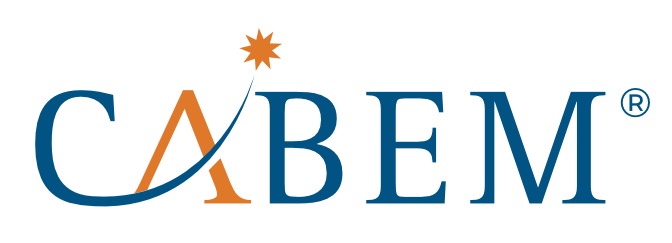The core competencies of your team will inevitably change over time. As technology progresses and customers demand new products and services, you’ll be forced to adapt. The skills that your team uses now will need to be reshaped and upgraded, but keeping up with those changes isn’t always easy. As the need for upskilling and reskilling your employees becomes greater, your organization needs a way to track the necessary training to ensure your team is ready to stay competitive in an ever-changing environment.
“According to a recent McKinsey Global Institute report, more than 375 million workers may need to completely change their skill sets by the year 2030. This would happen because of newer technologies such as digitization, AI (artificial intelligence), and automation disrupting the world of work,” according to difin. While it may be difficult to predict the exact industry changes that will occur beyond the next decade, there’s no denying that technology is playing a significant role in the workplace. Preparing your company with competency management software to track competencies, perform online training, and map out the skill sets necessary for each role can help.
What is Upskilling?
Upskilling means teaching employees new or additional skills. It is the practice of involving your team members in continuous education. Upskilling helps prepare your employees to advance on their current career path and role, for example going from a Marketing Coordinator to a Marketing Manager. “The nature of hiring, training, and working in our culture is shifting,” said Elise Spaulding, director of learning and performance at The Reserves Network. “With these employment market changes, businesses need to ensure they don’t lose good employees to their competitors. Upskilling is a great way to invest in your employees – not only does it help your business, but it shows your interest in contributing to the career and interests of your staff.”
Research shows that 40 percent of employees who don’t receive the necessary job training to become effective will leave their positions within the first year. Placing an emphasis on upskilling is a win-win because it will help you to retain top talent, and also improve the skills of your employees, resulting in improved performance for the whole organization.

Upskilling your employees means new credentials will be necessary over time. And your employees will appreciate and recognize the company’s dedication and emphasis on continuous learning. In a recent survey of employee preference, 70% said that training and development opportunities influenced their decision to stay with a company.
What is Reskilling?
Reskilling is the practice of learning new skills so an employee is prepared for a new role on a different career path. While upskilling teaches employees advanced skills that allow them to improve and move up, reskilling is a lateral learning experience, for example changing from a Marketing Coordinator to a Web Developer.

Reskilling is a practice that sometimes is needed as maintenance as technology progresses, but also can be brought about by specific events in the economy. The recession brought on reskilling practices in nearly every industry. An estimated 2.6 million workers lost their jobs in 2008. As workers were let go, those left behind were tasked with more duties so production wouldn’t fall behind. The remaining workers were reskilled to complete the jobs of recently terminated co-workers. And some of the workers who lost their jobs were forced to reskill to get back into the job market.
When team members are cross-trained, they make themselves more valuable to their employer and to prospective employers. Dan Shapero, VP of Talent Solutions, Careers, and Learning at LinkedIn, says, “teams with diverse skill sets usually win… Ultimately the most important question is what the team needs to be successful and perform at its potential, and whether this person raises the performance of the team or not.”

Upskilling and Reskilling with Competency Software
While the need for adding a skillset may be identified in an employee or a team, understanding the exact skill or how to go about training to the skill can be unclear. Having an established competency framework can help organizations to assign skill sets and competencies by role, document when reskilling or upskilling is needed, and train to these emerging requirements.
When a worker is in a role and does not have the proper skills, there can be health and safety risks to the organization, especially in fields such as construction, healthcare, and manufacturing. Competency software can help forecast potential risks so managers and HR can take the necessary action to prevent any problems. A system of this kind can publish reports on any potential skills gaps, and highlight areas of new training that can help fill these gaps.

This type of software can also be configured so employees can view optional skills and training, and have the freedom to upskill themselves and increase their value as an employee. For upskilling or reskilling that requires certification and documentation, a software system can track any necessary credentials in user profiles, and notify users when they need to be recertified.
And maybe most importantly, competency management software will prepare your team and company for changes in the future by incorporating upskilling and reskilling as regular practices into your organization. If you are interested in learning more, we offer competency management software, called the Competency Manager (CMGR), which solves these needs. Schedule a demo of our Competency Manager software today.
Other articles that may interest you:
Competency Modeling for Beginners: What it is and How You Can Do It Too!

